How Benito Mussolini and Roberto Farinacci betrayed austrian catholics during the Anschluss
In 1933, Adolf Hitler sent Franz von Papen and Hermann Göring to Rome to persuade Benito Mussolini of the need to remove Engelbert Dollfuss from power, in order to allow political freedom in Austria. This proposal was reiterated by Hitler himself during the Stresa Front, held between June 14 and 15, 1934, when he repeatedly requested the holding of elections in Austria, believing that the National Socialist Workers' Party there would emerge victorious.
Mussolini merely took note of Hitler's demands, fully aware that National Socialist propaganda had already influenced Austrian public opinion, paving the way for the Anschluss—which would endanger the Italian border at the Brenner Pass. The Italian dictator supported Austrian independence out of fear that, after the Anschluss, Hitler might lay claim to Italian territories that had once been governed by Austria.
In July 1934, a coup attempt took place in Vienna, during which Dollfuss was assassinated in an attack on the chancellery. Mussolini swallowed this affront without any effective protest. With the failure of the Viennese putsch, negotiations began between France and Italy aimed at forming an anti-Hitler alliance, within the framework of a Franco-Russian project to contain Germany, inspired by the then French Foreign Minister Louis Barthou.
In light of the failed coup, Mussolini realized it was necessary to rethink his strategy toward Germany and decided to pragmatically move closer to France. This rapprochement culminated in the signing of the Rome Agreements on January 7, 1935, between Mussolini and Pierre Laval. In these agreements, the two states agreed, among other measures, to guarantee Austria’s independence.
The anti-German front appeared to be strengthening, but it collapsed with Italy’s war against Ethiopia and the consequent failure of the Hoare-Laval Pact—undermined, possibly, by the anti-Italian sentiments of Alexis Léger, secretary of the Quai d'Orsay. By making the contents of the agreement public, Léger rendered any attempt to win Italy back to the Stresa Front futile for both England and France.
Thus, Italy’s stance on the Anschluss began to shift in early 1936. On January 6 of that year, Mussolini met with the German ambassador, Ulrich von Hassell, during which the foundations were laid for a rapprochement between Italy and Germany, after a cooling in relations between the two countries following the 1934 putsch. Mussolini then began to consider new solutions to the Austrian question, assuming that the Stresa Front was defunct. Italy informed the German ambassador that it would no longer protect Austria and would accept its gradual assimilation by Germany.
This growing Italian disinterest in Austria led to the signing of the Austro-German Agreement on July 11, 1936, which once again permitted National Socialist propaganda in Austrian territory. Despite the improvement in relations between Italy and Germany, Hitler was still unsure of what Italy’s position would be in the event of the Anschluss.
Kurt von Schuschnigg, for his part, was still willing to resist a German invasion, but he could no longer count on the support of Ernst Rüdiger Starhemberg’s Heimwehren, which had been withdrawn by Italy. Furthermore, he was advised by Mussolini to include National Socialists in the government, which occurred in May 1936, when Schuschnigg declared that from then on he would follow the formula of Ignaz Seipel: “two states, one nation.”
To complete the Italo-German rapprochement, there was also a change in the leadership of Italy’s Ministry of Foreign Affairs, with the appointment of Galeazzo Ciano on June 9, 1936, replacing Fulvio Suvich, who had consistently opposed the pro-German line.
Upon the signing of the Anti-Comintern Pact on November 6, 1937, Mussolini met with Joachim von Ribbentrop, to whom he declared that he no longer intended to act as the guardian of Austrian independence. Thus, Germany—having already secured Britain’s consent to the Anschluss through the Anglo-German Naval Agreement—also received Italy’s approval.
In gratitude, Hitler sent Mussolini a generous and benevolent telegram, in which he wrote:
“Mussolini, I shall not forget your gesture.”
Thus, in March 1938, Hitler was able to proceed with the Anschluss. He visited Rome in May of that same year—a visit that led Pope Pius XI to withdraw from the Vatican and take refuge in Castel Gandolfo, claiming that the air of the Eternal City was affecting his health. Monsignor Giovanni Battista Montini described the events as “the sorrowful occurrences of these days,” which shattered the dream of a Catholic blockade against National Socialism in the Vatican’s foreign policy.
Roberto Farinacci, who had published articles in Il Regime Fascista on July 27, 28, and 29 of 1934 defending Austria’s independence against the Anschluss, published an article in April 1938 supporting the annexation, in which he wrote:
"It is better for Italy to have a friendly Germany on its borders than a disloyal Austria."
Further on in the same article, he stated:
"It was absurd, as some idiots claim, to want Italy to defend that part of the Austrian people belonging to the old conservative clericalism, never having forgotten Vittorio Veneto and subordinate to the orders of Moscow."
In response, the L'Osservatore Romano, the Vatican newspaper, meticulously refuted the arguments presented by Farinacci, pointing out the errors in his text and contesting the alleged disloyalty of Austria. The paper emphasized Austria's historical fidelity as a centuries-old bastion of the Faith and of the Catholic religion.
Regarding a parish bulletin that transcribed an excerpt from the magazine Fides, the newspaper Folha da Ordem, an organ of the National Fascist Party headquarters in Bologna, wrote:
"The dispute between the German government and the Church is a matter that does not concern Italians, just as the issue between Italy and the Vatican did not concern the Germans. It is therefore pointless to tell Italians more or less true stories about religious persecutions in the neighboring country."
After the Anschluss, there was an influx of clerical prisoners sent to the Dachau concentration camp. The National Socialists in Austria arrested two archbishops and shut down Catholic youth associations. The Gauleiter of Vienna, Odilo Globocnik, launched a crusade against the Catholic Church, which included the confiscation of Church properties.
On October 7, the Cardinal-Archbishop of Vienna, Theodor Innitzer, organized a Rosary Festival at St. Stephen’s Cathedral, inviting Catholic youth to attend. Due to the National Socialists' ban on Catholic clubs in Austria, no more than two thousand attendees were expected. However, around nine thousand young people filled the cathedral, creating a deeply moving atmosphere.
During the sermon, Cardinal Innitzer declared:
“There is only one Führer — and His name is Jesus Christ.”
On October 15, L'Osservatore Romano reported that members of the Hitler Youth and the SA gathered outside the cathedral, shouting and whistling:
“Down with Innitzer! Our faith is Germany!”
The next day, a group of Hitler Youth, supported by members of the National Socialist Party, attacked the cathedral and the cardinal’s episcopal palace. They threw stones, stormed the premises, physically assaulted Cardinal Innitzer, and left his secretary unconscious. They threw the cardinal’s assistant out of a window, breaking his legs. During the assault, they destroyed windows, artworks, and threw furniture out of the building.
Parish priest Otto Neururer was sent to Dachau on charges of “slander against German marriage” after advising a young woman not to marry a National Socialist sympathizer. He was tortured and, in 1940, hanged in Buchenwald concentration camp for performing a baptism.
Father Jakob Gapp, for his opposition to the Nazi regime, had to flee to Spain and then to France. There, he was captured by two Gestapo agents disguised as Jewish refugees, taken to Berlin, imprisoned, and executed by guillotine.
Catholic nun Maria Restituta was guillotined by the Socialists on March 30, 1943, for hanging crucifixes in the hospital where she worked. Her last words were:
“For Christ I have lived; for Christ I wish to die.”
In 1938, Hitler forbade Austrian Catholics from participating in the Eucharistic Congress in Budapest.
The violent National Socialist persecution of the Catholic Church in Austria outraged the faithful. In October 1938, after a Holy Mass in Vienna, thousands of Catholics gathered in a spontaneous rally, chanting in unison:
“Christ is our Führer.”
The demonstration, however, was violently broken up by the Socialist police.
REFERENCES:
https://it.wikipedia.org/wiki/Anschluss
https://en.wikipedia.org/wiki/Anschluss
https://www.pliniocorreadeoliv....eira.info/LEG_380320
https://www.pliniocorreadeoliv....eira.info/LEG_380417
https://en.wikipedia.org/wiki/....Nazi_persecution_of_
0



 Gonzo Og
Gonzo Og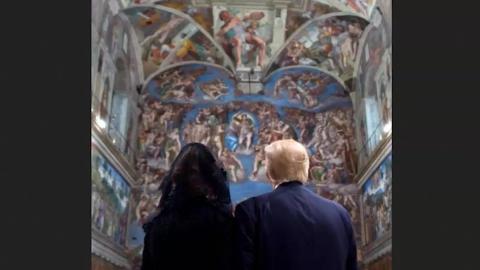
 Richie From Boston
Richie From Boston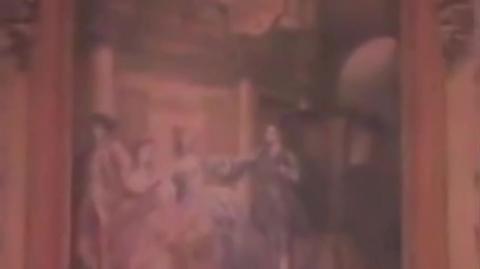
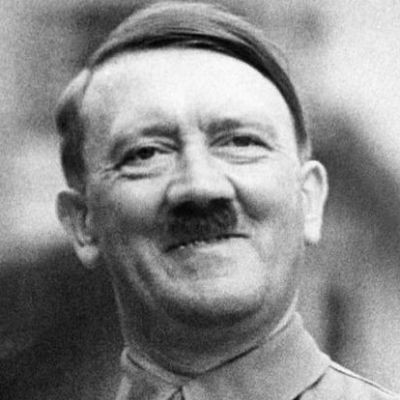 Life_N_Times_of_Shane_T_Hanson
Life_N_Times_of_Shane_T_Hanson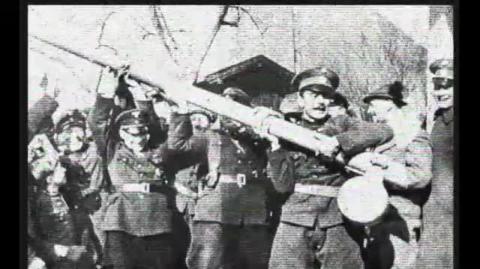
 Sant77
Sant77
 Timcast IRL
Timcast IRL
 AwakenWithJP
AwakenWithJP
 TheSaltyCracker
TheSaltyCracker
 The David Knight Show
The David Knight Show
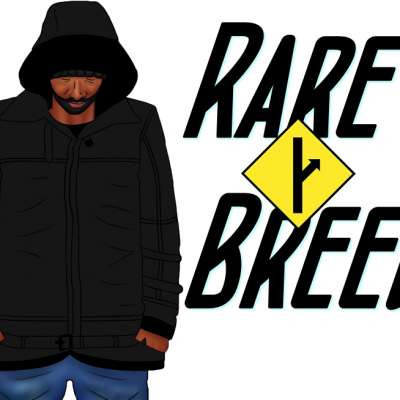 TheRareBreedTheory
TheRareBreedTheory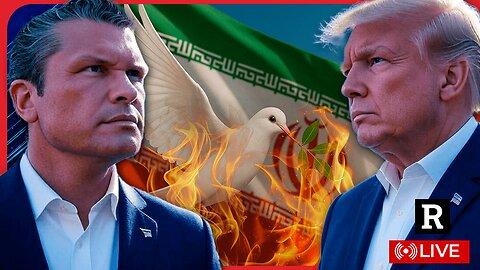
 Redacted News
Redacted News

 StevenCrowder
StevenCrowder
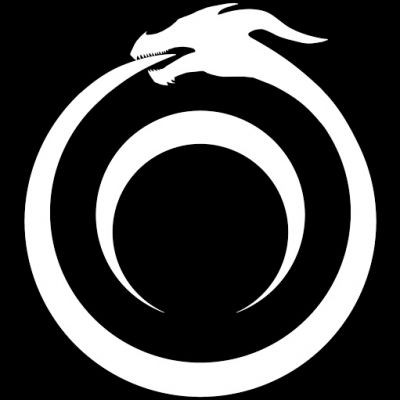 Styxhexenhammer666
Styxhexenhammer666

 Better Bachelor
Better Bachelor
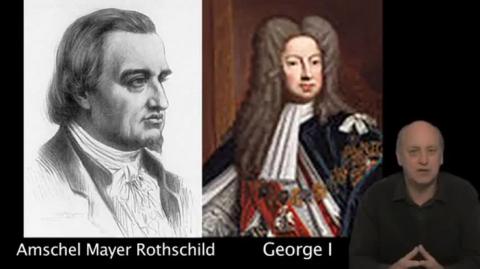
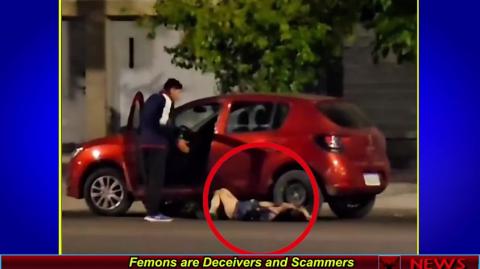
 SoloMan Zone
SoloMan Zone

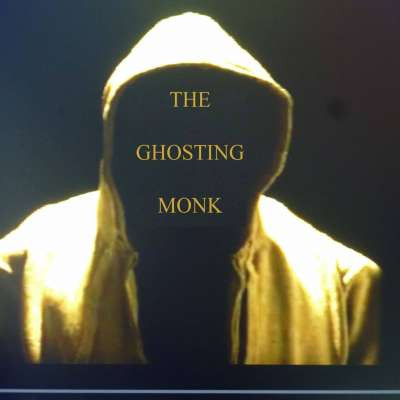 mrghoster
mrghoster
Log in to comment